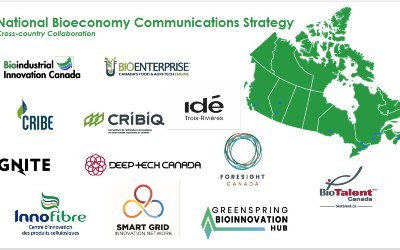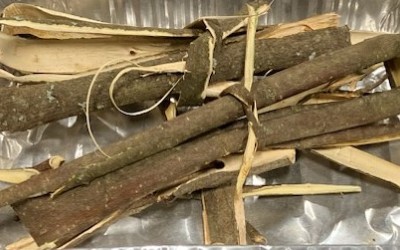
30 April 2025 | Non classé
A thousand and one ways to enhance the value of willow! Author: Mélanie Trudel, researcher at Innofibre In Quebec, there are more than forty species of native willows. The cultivation of shrub willows has gained popularity in recent years due to its many...
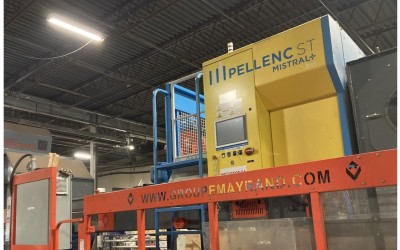
21 January 2025 | Non classé
The Future of Waste Sorting… By Cyrine Boussabbeh, Researcher, Innofibre What to do with the growing amounts of municipal, industrial, and commercial waste? This is the question we constantly ask ourselves to find solutions to divert them from landfills,...
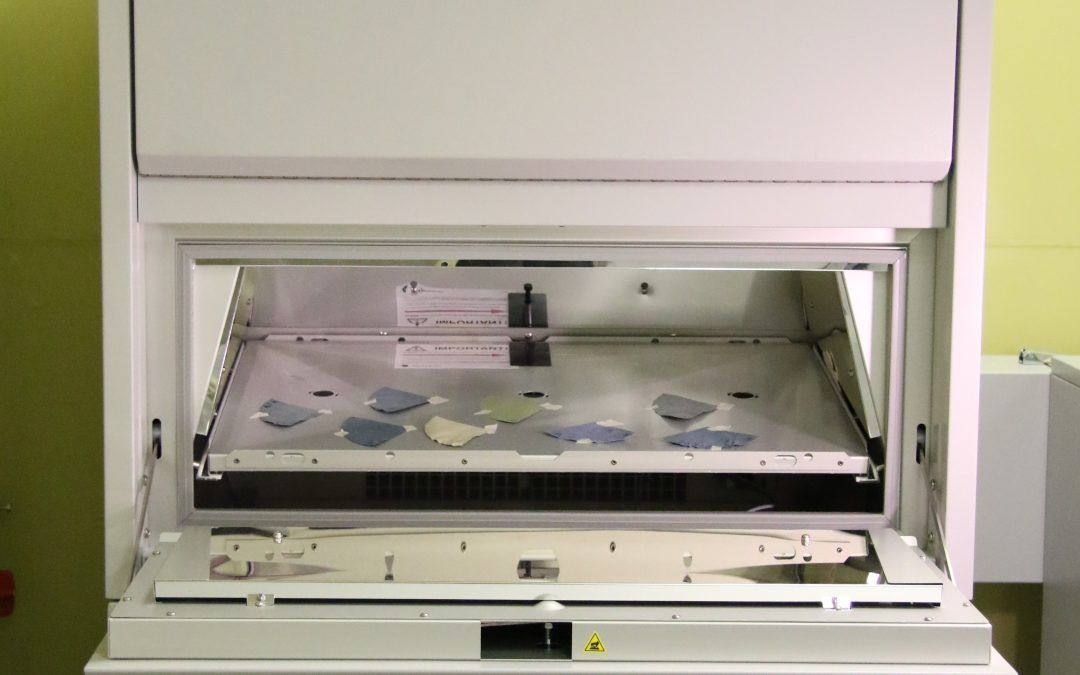
16 January 2025 | Non classé
The Unseen Damage of the Sun By Caroline Lachance, Technician, Innofibre Nowadays, everyone is aware of the damage that the sun can cause to the skin, such as cancer. Sunscreens are applied to block the sun’s ultraviolet (UV) rays before they penetrate...
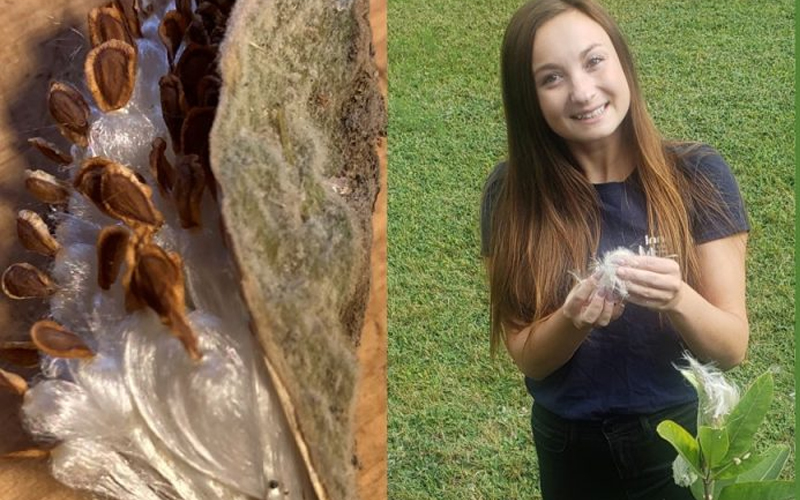
8 August 2024 | Non classé
Author: Annabelle St-Pierre, Researcher at Innofibre Milkweed has gained in popularity in Quebec (Canada) ever since people have begun to recognize of the value of its silk. This plant generates a lot of interest for the textile industry for the manufacturing...
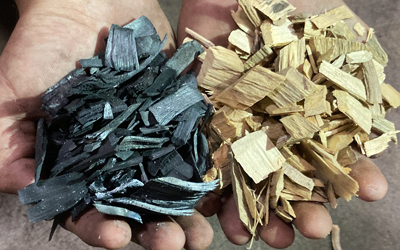
8 August 2024 | Non classé
Author: William Belhadef, researcher at Innofibre Is it possible to imagine a future for biocoal in the iron and steel industry? Over the past 15 years, the popularity of biocoal (commonly called charcoal) has been increasing at a rapid pace, with ten times...
